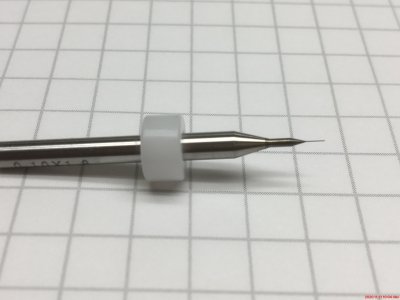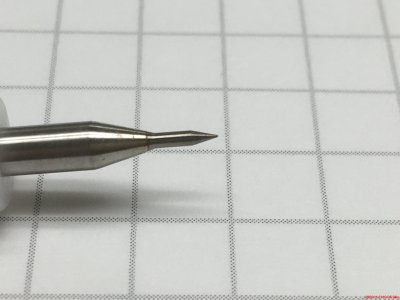I have the traditional edge finders, a wiggler, a conductive edge finder, and an optical centering tool. In terms of ease of use, repeatability. and accuracy, the traditional edge finder, in my opinion, comes out on top.
My optical centering tool can locate a feature to within .0001" but requires a microscope and a laptop to use so I only use it as a optical comparator to locate surface features that can't be located by one of the other methods.
I had the wiggler go berserk once, snapping the shaft at the ball. It can be unnerving having that flailing shaft I was able to repair it but the wiggler pretty much lives in its case now.
I have the traditional edge finder set up in a TTS collet so using it is quick and easy. I consistently get repeatable locations to within .0001". In fact, the I always repeat the process until I get three consecutive readings that agree to .000!'. Using one comes down to good technique. If you approach the edge too quickly, you can kick the tip out too early , resulting in a false position or you can overshoot the edge, also giving a false position.
My method is to initially approach the edge relatively quickly to get a rough idea of the location. Then I back off and approach at a rate of .0001"/sec. When I back off, I use my fingernail to center the tip so I only have to back off a few thou. By approaching slowly, it gives the tip to align perfectly with the spindle axis which is necessary for .0001" accuracy. Each iteration can be done in about 30 seconds. I lubricate the interface of the tip and the shank with a light oil which improves sensitivity.
To observe the kickout, there is a audible sound when the surface is contacted. It is louder as spindle speed is increased. I look for a visual indication. At almost 80 y.o., my eyesight is not great. I have astigmatism and progressing cataracts. But with proper lighting, the kickout is distinctive..



